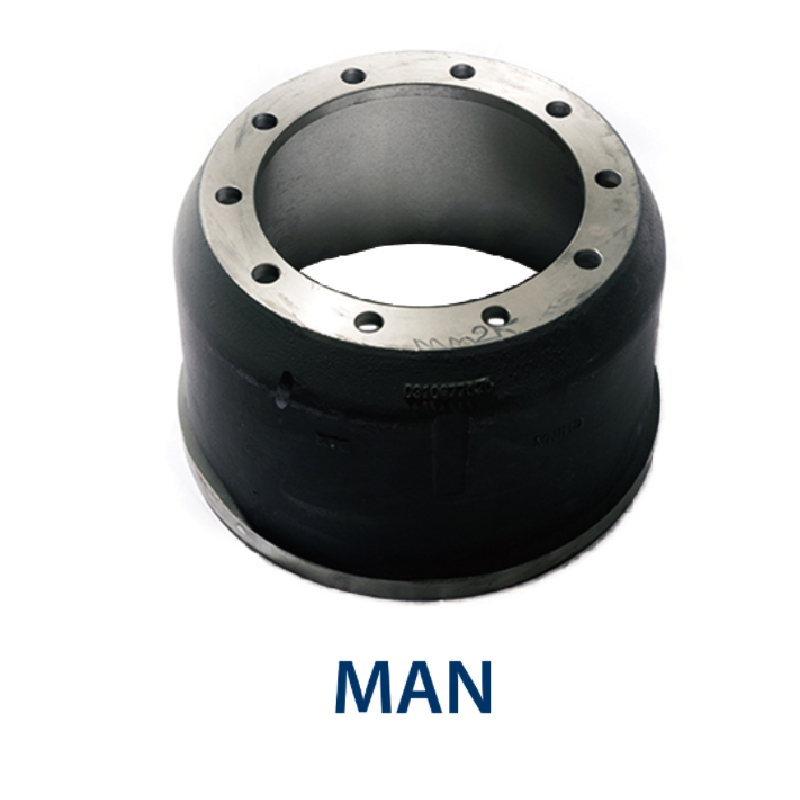sie . 13, 2024 16:28 Back to list
Understanding the Importance of Brake Drums and Pads in Vehicle Safety and Performance
Understanding Brake Drums and Pads Essential Components of Your Vehicle's Safety System
When it comes to vehicle safety, few components are as crucial as the braking system. Among the key elements of this system are brake drums and brake pads. Understanding their functions, maintenance, and the differences between them is essential for every driver, ensuring not only smooth rides but also safety while on the road.
What Are Brake Drums and Brake Pads?
Brake drums are a part of a drum brake system, which is commonly used in the rear wheels of many vehicles. They are cylindrical metal structures that rotate with the wheel. The key function of the brake drum is to provide a surface against which brake shoes press to create friction and slow down or stop the vehicle. When the brake pedal is pressed, hydraulic pressure forces the brake shoes against the inner surface of the drum, thus generating the necessary friction.
On the other hand, brake pads are part of a disc brake system, predominantly found in the front wheels of vehicles, but increasingly on the rear wheels as well. Brake pads consist of a friction material, which is pressed against a brake rotor (or disc) to create the necessary friction for braking. The combination of the brake pad and rotor ensures efficient and effective stopping power.
The Importance of Brake Components
Both brake drums and pads play vital roles in the overall performance of a vehicle’s braking system
. Proper functioning of these components is essential not only for effective stopping but also for maintaining control of the vehicle during deceleration. Malfunctioning brake drums or worn-out brake pads can lead to increased stopping distances, reduced stability, and even complete brake failure, posing serious risks for drivers and passengers alike.Maintenance Tips
brake drums and pads

Regular maintenance of brake drums and pads is essential for optimal vehicle performance. For brake pads, it's important to check for wear. Most pads have built-in indicators that produce a screeching noise when they need to be replaced. Drivers should also pay attention to the feel of the brakes; if the pedal feels spongy or requires excessive pressure to engage, it may be time to investigate further.
For brake drums, inspections should focus on the drum's surface for any scoring, grooves, or warping. If the drums are worn beyond acceptable limits, they should be resurfaced or replaced. An important aspect of maintenance is ensuring that the brake fluid is at the appropriate level, as low fluid can impact braking efficiency.
Choosing Between Drum and Disk Brakes
When considering brake systems, many modern vehicles utilize disc brakes, particularly in the front. Disc brakes generally offer better performance, especially under heavy braking conditions, as they dissipate heat more effectively and allow for quicker stopping. However, drum brakes can still deliver adequate performance, particularly in lighter vehicles and certain utility applications.
Drivers should consult their vehicle’s manual for specific recommendations on brake maintenance and replacement intervals. If uncertain, seeking advice from a qualified mechanic can provide clarity on whether drum or disc brakes—or a combination of both—are employed and how best to maintain them.
Conclusion
In summary, understanding brake drums and pads is crucial for safe driving. Both elements work harmoniously within a vehicle's braking system to ensure effective stopping power. Regular inspection and maintenance of these components can prevent accidents, enhance vehicle performance, and ultimately ensure the safety of drivers and passengers alike. Whether you’re an experienced driver or a new one, making brake checks a routine part of vehicle upkeep can pay dividends in safety and reliability on the road.
-
Brake Drum Man - High-Quality Drum Brake Drums & Brake Shoes for Reliable Performance
NewsJun.24,2025
-
High-Quality Brake Drum Kamaz – Durable Drum Brake Drum & Brake Shoe Replacement
NewsJun.10,2025
-
High-Quality Brake Drum Liza for Drum Brake Systems - Superior Durability and Performance
NewsJun.10,2025
-
High-Quality Brake Drum Kamaz – Durable Drum Brake Drum & Brake Shoe Solutions
NewsJun.10,2025
-
Durable Kamaz Brake Drums High-Performance Truck Parts
NewsJun.09,2025
-
Premium Brake Drum Maz Kit with Shoes Enhanced Braking
NewsJun.09,2025
